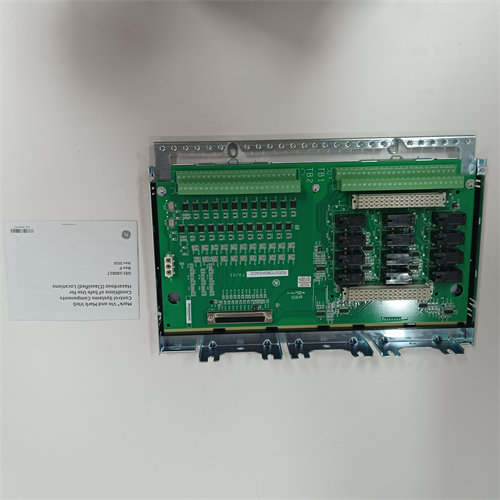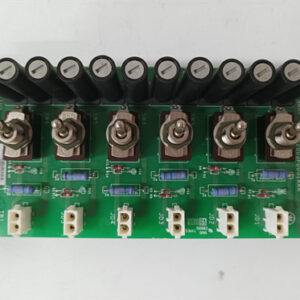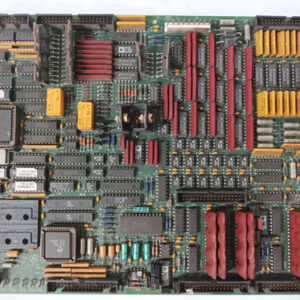الوصف
The GE IS230TBCIH5C is a triple-modular redundant (TMR) contact input assembly for the GE Mark VIe control system. This module is designed for high-reliability applications where a loss of a digital input signal would be catastrophic, ensuring continuous operation even if one or two of the modules fail.
Key Features
- Contact Input: The module’s primary function is to handle binary or on/off signals. It reads the state of devices like switches and push-buttons, converting these physical states into a digital signal that the Mark VIe controller can use.
- TMR (Triple-Modular Redundant): This is the most important feature. The TMR configuration uses three identical modules operating in parallel. The system uses a voting algorithm to compare the inputs from the three modules, ensuring that the control system receives the correct information even if one or two of the input modules fail. This redundancy is a core component of the Mark VIe’s high-reliability architecture.
- Mark VIe Integration: This assembly is a key part of the Mark VIe platform, ensuring seamless integration and compatibility with the main controller. It provides the high-speed and reliable data acquisition needed for critical safety and control loops.
Applications
The IS230TBCIH5C is used in industrial settings where the loss of a digital input could lead to a catastrophic event or significant downtime.
- Power Generation: It is used in power plants to monitor the status of critical devices on gas and steam turbines, such as valve limit switches and emergency trip buttons. The TMR redundancy ensures that even if a module fails, the control system still receives vital safety data.
- Oil and Gas: In refineries and offshore platforms, it helps monitor critical discrete signals where continuous operation is essential, such as the open/closed status of emergency shutdown valves or the state of fire and gas detectors.
- Critical Safety Systems: The module is a fundamental component in any safety system where a failure to monitor a digital signal could result in significant equipment damage or a safety risk.



 +86 15340683922
+86 15340683922 +86 15340683922
+86 15340683922

